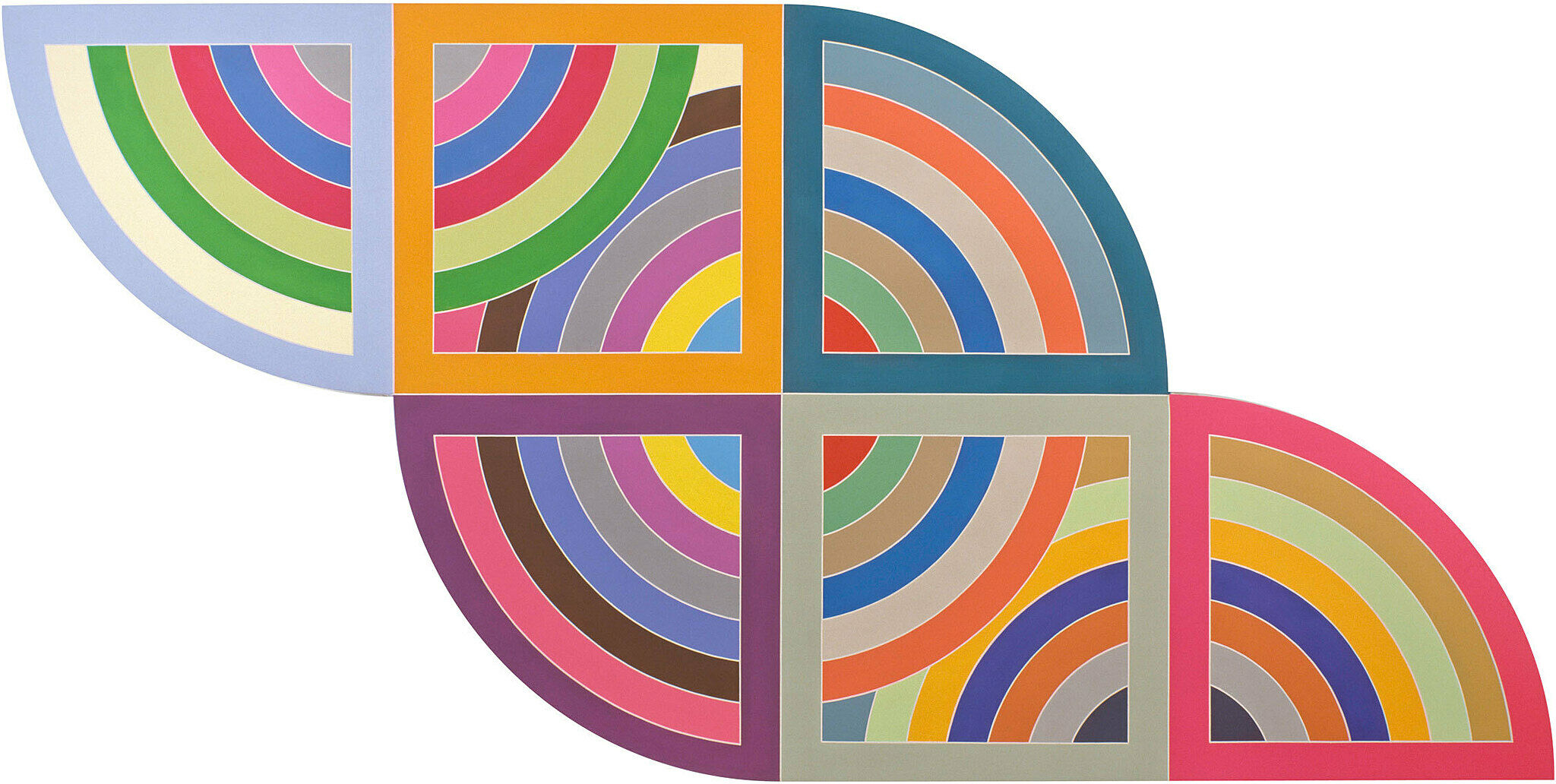Frank Stella, The Whiteness of the Whale (IRS-1, 2X), 1987
Oct 30, 2015
0:00
Frank Stella, The Whiteness of the Whale (IRS-1, 2X), 1987
0:00
Narrator: Stella made this work, The Whiteness of the Whale, in 1987―almost three decades after the Black Paintings. In the time that passed, his orientation had changed dramatically. He never rejected his radically reductive early abstractions, but he began to see their limits. He wanted to bring new spatial complexity to painting. He began building his works so that they would project off the wall, combining illusionistic painted space with real space. He also worked to inject abstraction with new meaning by responding to literature. This work―like others nearby―comes from his most extensive series, Moby-Dick. It was initially inspired by a trip to New York Aquarium in Coney Island.
Frank Stella: They did have, near the entrance, a pretty big tank with Beluga whales in it, when you just walked in the entrance. They were white, obviously, and there’s the whiteness of the whale in Melville. But it was really the movement and the force of them and really everything about them made me go back to reading Moby-Dick again.
Narrator: Stella admired Rockwell Kent’s classic illustrations for Moby-Dick, and thought it could be interesting to illustrate the book. He did end up making a work for each of the novel’s 135 chapters. But they are not illustrations. They respond to the narrative in purely abstract terms.
Frank Stella: I felt that I could work in a way that expressed some kind of feeling that I had about the story, basically. And the idea is that abstract forms can be put together in such a way as to have a narrative sense, or tell a story. That seemed to be enough to really mobilize me.


